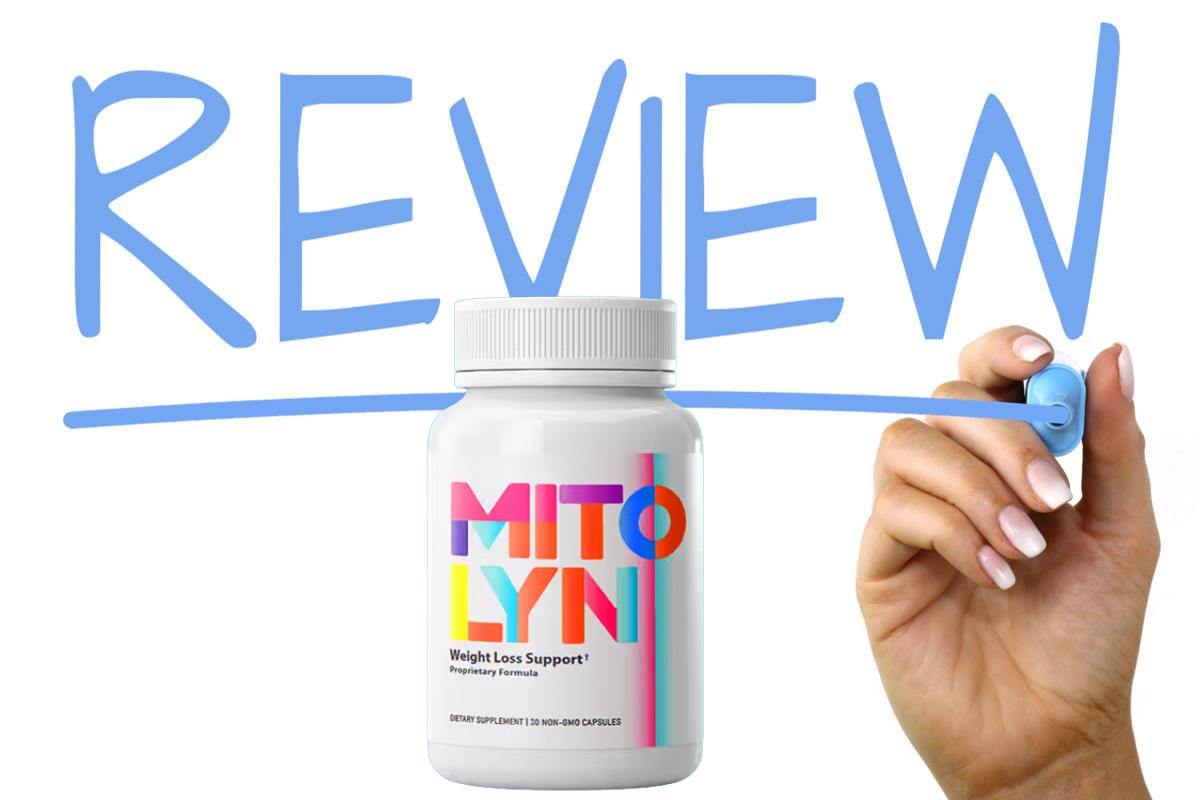When it comes to health insurance, understanding the differences between Medicare and Medicaid can be essential for your healthcare choices. Medicare primarily caters to older adults and some younger people with disabilities, while Medicaid focuses on low-income individuals and families. Each program has its own eligibility requirements and coverage options. So, how do these two programs stack up against each other? Let’s break it down further.
What Is Medicare?
Medicare is a federal health insurance program primarily designed for people aged 65 and older, though it also covers certain younger individuals with disabilities.
If you’re eligible, you’ll find that Medicare consists of different parts: Part A covers hospital insurance, while Part B covers outpatient services.
You can also join a Medicare Advantage plan, which combines both A and B, or opt for Part D for prescription drug coverage.
Enrollment typically begins three months before you turn 65, and understanding your options is essential.
With various coverage types and plans available, you can tailor your Medicare benefits to suit your healthcare needs.
Don’t miss out on the opportunity to secure your health coverage as you age.
What Is Medicaid?
Medicaid is a state and federal program designed to provide health coverage for low-income individuals and families, including children, pregnant women, elderly individuals, and those with disabilities.
It helps cover various healthcare services, such as hospital stays, doctor visits, and long-term care, ensuring that crucial medical needs are met. Each state administers its own Medicaid program, which means eligibility requirements and benefits can vary.
You might qualify based on your income, household size, and other factors. Enrollment happens year-round, so you don’t have to wait for a specific sign-up period.
Understanding Medicaid can help you access essential healthcare services without financial strain, making it an important safety net for millions.
Who Is Eligible for Medicare?
Wondering who can enroll in Medicare? You’re eligible if you’re 65 or older, or if you’re under 65 and have a qualifying disability.
If you’ve received Social Security Disability Insurance (SSDI) for at least 24 months, you can also sign up. Those with End-Stage Renal Disease (ESRD) or Amyotrophic Lateral Sclerosis (ALS) are eligible regardless of age.
To enroll, you can apply during your Initial Enrollment Period, which starts three months before your 65th birthday and lasts until three months after.
If you miss this window, you may have to wait for the General Enrollment Period, which runs from January 1 to March 31 each year.
Make sure to check your eligibility and act accordingly!
Who Is Eligible for Medicaid?
Who qualifies for Medicaid? To be eligible, you generally need to have a low income and meet specific requirements based on your state.
Medicaid typically covers low-income individuals, families, pregnant women, children, the elderly, and those with disabilities. Each state has its own guidelines, so it’s essential to check local eligibility criteria.
You might also qualify based on your household size and income level, which are assessed against the Federal Poverty Level (FPL).
Some states expanded Medicaid under the Affordable Care Act, allowing more people to access benefits. If you think you might qualify, applying is a straightforward process, and you can often find assistance through local organizations or online resources to help guide you.
Key Differences in Coverage
While both Medicare and Medicaid provide essential health coverage, they differ markedly concerning eligibility, benefits, and costs.
Medicare primarily serves individuals aged 65 and older, as well as younger people with disabilities. It offers hospital coverage (Part A), medical services (Part B), and prescription drugs (Part D).
On the other hand, Medicaid targets low-income individuals and families, providing a broader range of services, including long-term care, which Medicare typically doesn’t cover.
Medicaid often covers preventive care and mental health services more thoroughly. Additionally, Medicare generally has standardized benefits across the country, while Medicaid benefits can vary by state.
Understanding these key differences helps you choose the best option for your healthcare needs.
Costs Associated With Medicare
Understanding the costs associated with Medicare is essential for managing your healthcare expenses. Medicare has different parts, each with its own costs.
For Part A, you often won’t pay a premium if you’ve paid Medicare taxes for a certain period. However, you may face deductibles and coinsurance.
Part B requires a monthly premium, which varies based on your income. You’ll also have an annual deductible and copayments for services.
If you choose Part D for prescription drug coverage, additional premiums apply, and you’ll need to budget for out-of-pocket costs.
Consider enrolling in a Medicare Advantage plan, as it may offer additional benefits, but also comes with its own costs.
Understanding these factors helps you make informed decisions for your health and finances.
Costs Associated With Medicaid
When exploring Medicaid, it’s essential to know that costs can vary widely depending on your state and specific circumstances. Generally, Medicaid is designed to be low-cost or even free for eligible individuals.
You might encounter minimal premiums or copayments, but many states waive these fees for certain groups. Some services may have limits, and not every medical expense is covered.
In addition, you should be aware of any income or asset thresholds that could affect your eligibility and costs. It’s also important to check if your state has expanded Medicaid under the Affordable Care Act, as this can impact the benefits and coverage you receive.
How to Apply for Medicare
How do you navigate the application process for Medicare?
First, determine your eligibility. If you’re 65 or older, or have certain disabilities, you can apply. You can complete your application online at the Social Security Administration (SSA) website, by phone, or in person at your local SSA office.
It’s a good idea to gather necessary documents, like your Social Security number and proof of citizenship or residency, before you start.
If you’re already receiving Social Security benefits, you’ll automatically get Medicare when you’re eligible.
Be mindful of application deadlines to avoid gaps in coverage. Once you apply, you’ll receive a Medicare card in the mail, confirming your enrollment and coverage options.
How to Apply for Medicaid
If you’ve navigated the Medicare application process, you might be wondering about Medicaid next.
Applying for Medicaid is straightforward. Start by checking your eligibility based on income, resources, and residency. You can apply online through your state’s Medicaid website, or you can visit your local Medicaid office for assistance.
Be prepared to provide personal information, including your Social Security number, income details, and household size. Some states allow you to apply over the phone.
After submitting your application, you’ll receive a notice regarding your eligibility, usually within 30 days. If you’re approved, you’ll get information on benefits and how to use them.
Conclusion
To summarize, Medicare and Medicaid serve different needs, so it’s essential to know which one fits you or your loved ones. Medicare mainly supports older adults and those with disabilities, while Medicaid focuses on low-income individuals and families. Understanding the eligibility and coverage differences can help you make informed healthcare decisions. If you think you might qualify for either program, don’t hesitate to explore your options and apply for the benefits you deserve.














